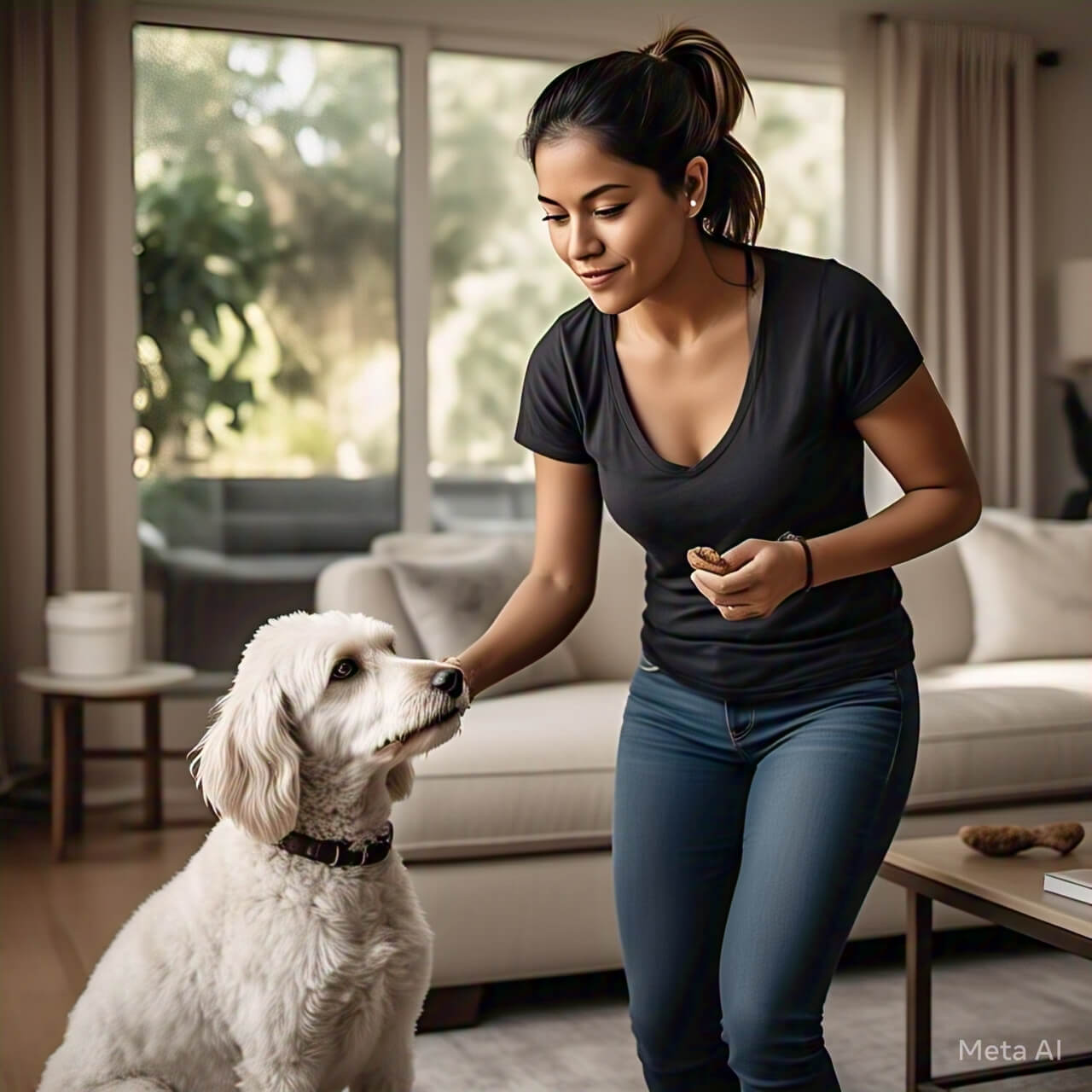Teaching your dog to stay is an essential command that ensures their safety and improves their obedience. The “stay” command helps your dog learn self-control and patience, which are crucial for their overall behavior. Whether you’re at home, in a park, or near a busy road, having a dog that can stay on command can prevent accidents and keep them out of harm’s way.
Training your dog to stay requires patience, consistency, and positive reinforcement. Start in a quiet environment with minimal distractions, and gradually increase the difficulty as your dog gets better. Use treats, praise, and a calm tone to encourage your dog. Remember, every dog learns at their own pace, so don’t rush the process. With time and practice, your dog will master the “stay” command, making your bond stronger and your life easier.

10 Tips to Teach a Dog to Stay
- Start with short durations.
- Use a clear and firm command.
- Reward with treats and praise.
- Practice in a quiet place first.
- Gradually increase distance and time.
- Be patient and consistent.
- Use a hand signal with the command.
- Avoid punishing your dog for mistakes.
- Keep training sessions short and fun.
- Practice daily for best results.
1. What Does “Stay” Mean for Your Dog?
The “stay” command teaches your dog to remain in one place until you release them. It’s about self-control and focus. Dogs don’t naturally understand this, so you need to break it down into small steps. Start by having your dog sit, then say “stay” while holding your hand out like a stop sign. Reward them for staying, even if it’s just for a few seconds. Over time, they’ll learn that “stay” means they shouldn’t move until you say so.
2. Why Is Teaching “Stay” Important?
Teaching your dog to stay can save their life. For example, if they’re about to run into traffic, a strong “stay” command can stop them. It also helps in social situations, like when guests arrive or during vet visits. A dog that can stay is easier to manage and less likely to get into trouble.
3. Choosing the Right Environment
Start training in a quiet, familiar place like your living room. Too many distractions can make it harder for your dog to focus. Once they master the command indoors, move to a slightly busier area, like your backyard, and then to a park.
4. Using Treats and Positive Reinforcement
Dogs learn best when they’re rewarded. Use small, tasty treats to encourage them. When they stay, give them a treat and praise them with a happy tone. This makes the training enjoyable and motivates them to listen.
5. Adding Hand Signals
Dogs respond well to visual cues. Pair your “stay” command with a hand signal, like holding your palm out. This helps your dog understand what you want, even if they can’t hear you.
6. Increasing Distance and Time Gradually
Start by standing close to your dog and asking them to stay for a few seconds. Slowly increase the distance and duration as they improve. Don’t rush this step—patience is key.
7. Avoiding Common Mistakes
Don’t punish your dog if they break the stay. Instead, calmly reset and try again. Also, avoid repeating the command too many times, as this can confuse them.
8. Keeping Training Sessions Short
Dogs have short attention spans. Keep sessions under 10 minutes to prevent boredom. End on a positive note to keep them excited for the next session.
9. Practicing Daily
Consistency is crucial. Practice the “stay” command every day, even after your dog has learned it. This reinforces the behavior and keeps it fresh in their mind.
10. Celebrating Success
When your dog masters the “stay” command, celebrate their achievement. Give them extra treats, praise, or playtime. This strengthens your bond and makes training a positive experience.
FAQs
| Question | Answer |
|---|---|
| How long does it take to teach a dog to stay? | It depends on the dog, but most learn within a few weeks with daily practice. |
| Can older dogs learn to stay? | Yes, older dogs can learn, but it may take more time and patience. |
| What if my dog doesn’t stay? | Go back to shorter durations and reward small successes. |
| Should I use a clicker for training? | A clicker can help, but treats and praise work well too. |
| How do I release my dog from the stay? | Use a release word like “okay” or “free” to let them know they can move. |
By following these steps and tips, you’ll have a well-trained dog that knows how to stay, making life safer and more enjoyable for both of you.



